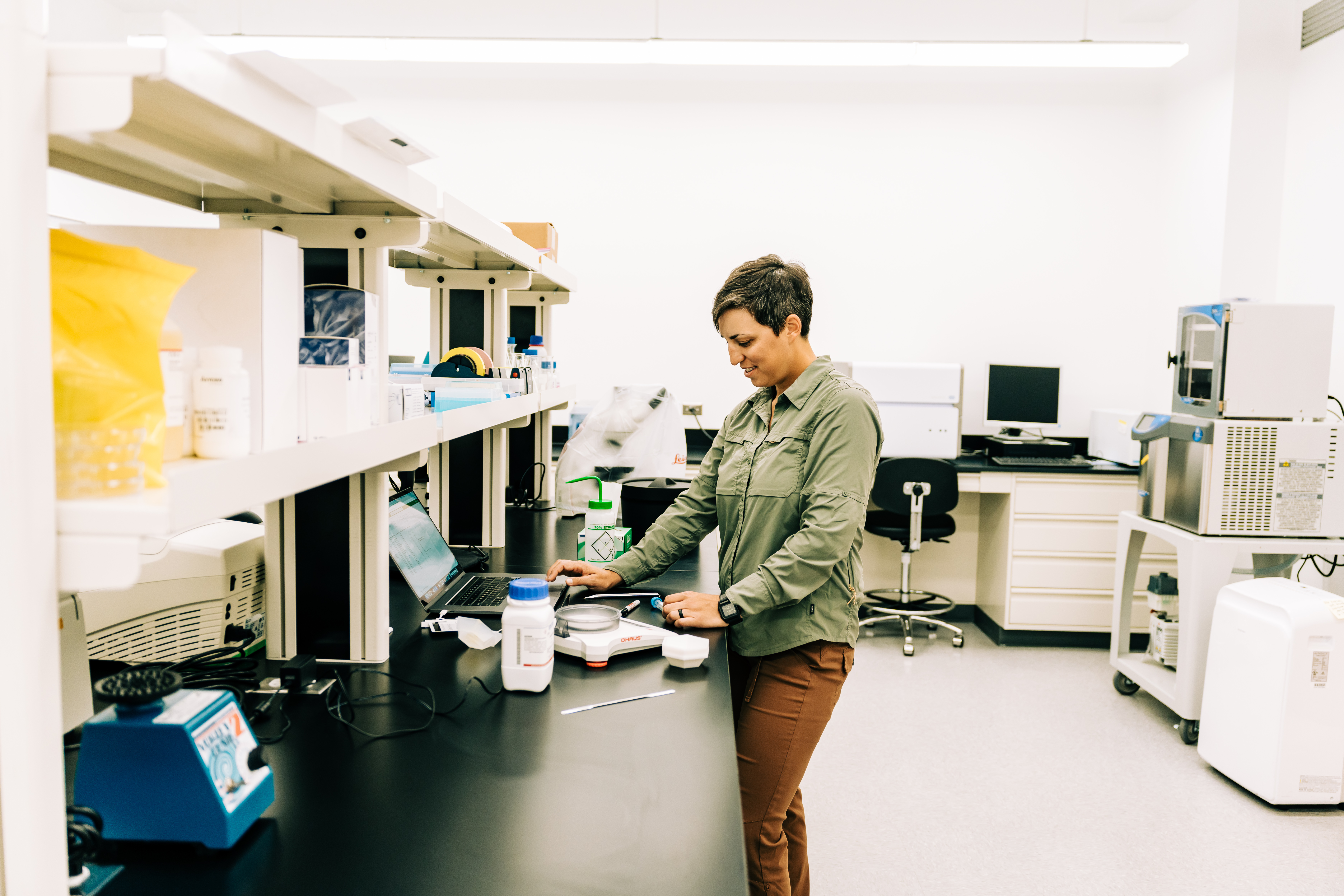Liberty Building, 32 N 3rd St - Suite 408
Yakima, WA 98901
Hop breeds are evaluated for the following characteristics:
- Disease Susceptibility
- Agronomic Characteristics
- Yield
- Harvesting & Drying Factors
- Brewing Quality

Skilled plant breeders combine hops with strong genetic profiles, hoping some of the seedlings will exhibit desirable traits from each parent. One cross may yield hundreds of seeds, each containing a slightly different genetic combination. Only a small percentage may exhibit the desired traits and potential for commercial production.